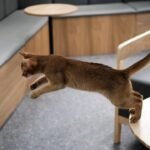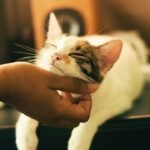Is your cat trying to tell you something? Cats are known for their mysterious and independent nature, yet they often seek attention in ways that might surprise you. While they may not bark or jump up like dogs, cats have their own unique methods of getting your attention. From subtle gestures to outright antics, these feline friends are full of surprises. Are you missing the signs? Let’s dive into the world of cats and discover the ten unmistakable signs that your furry companion is eagerly waiting for you to notice them.
1. Purring with Purpose
Purring is not just a sign of contentment; it can also be a call for attention. When your cat purrs loudly and persistently, it may be their way of saying, “Look at me!” This soothing sound is often accompanied by nudges or head butts, adding an extra layer of insistence. Think of it as their version of a gentle tap on the shoulder. It’s a subtle yet effective way for them to communicate their desire for affection or playtime.
2. The Classic Headbutt
Headbutting, or “bunting,” is a behavior that cats use to mark their territory and express affection. When your cat headbutts you, they’re not just saying hello; they’re leaving their scent on you and claiming you as part of their world. This gesture is a clear invitation to engage with them, whether it’s through petting, play, or simply sharing a moment together. It’s their way of saying, “You’re mine, and I want your attention.”
3. Tail Talk
A cat’s tail is a powerful communication tool. When they flick or wave their tail while looking at you, it’s often a sign that they want you to pay attention. A raised tail with a slight curve at the tip indicates happiness and a desire for interaction. On the other hand, a twitching tail might mean they’re feeling playful or even a bit annoyed. Understanding these signals can help you respond appropriately to your cat’s needs.
4. The Sudden Zoomies
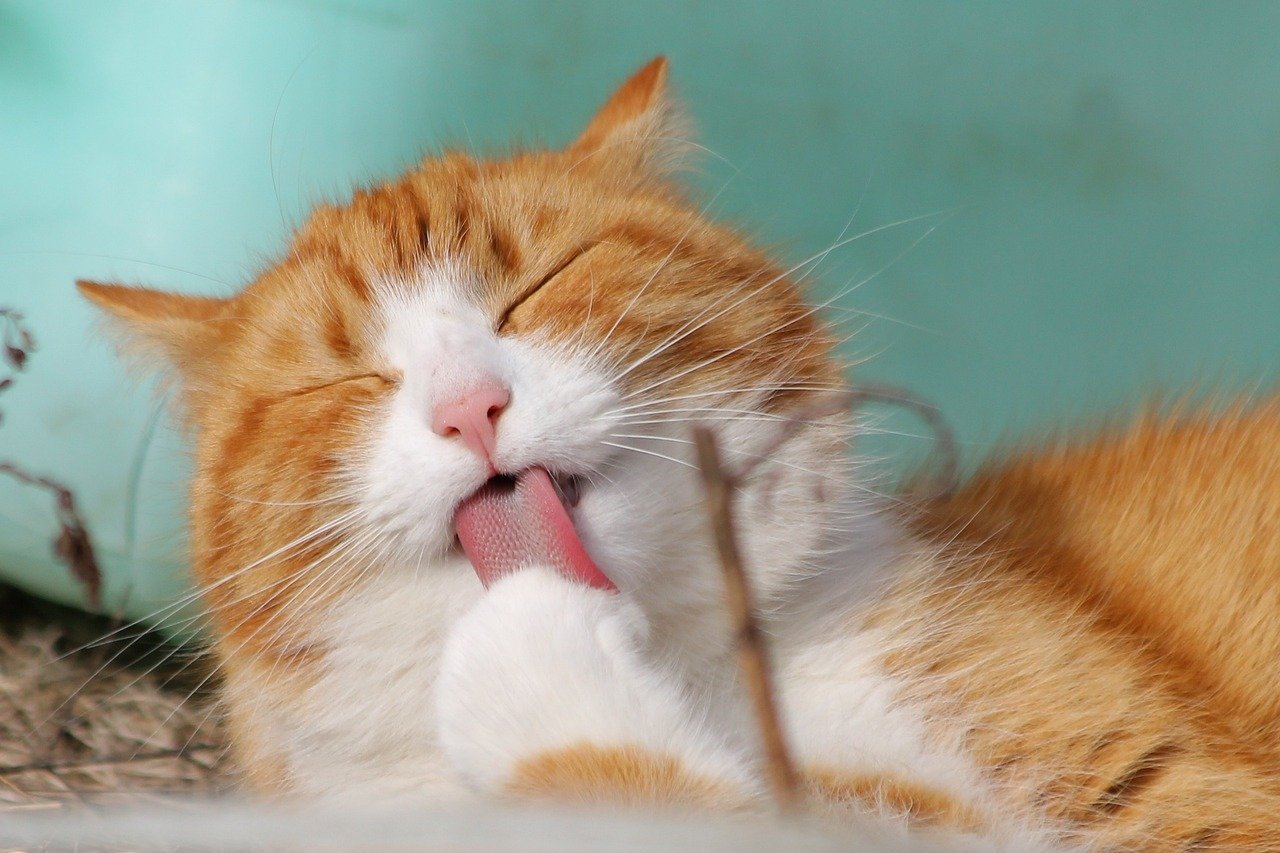
Ever witnessed your cat suddenly dart around the house at lightning speed? These “zoomies” are not just random bursts of energy; they’re often a plea for attention. This behavior can be a sign that your cat is bored and looking for some interactive playtime. By engaging with them during these moments, you can fulfill their need for stimulation and strengthen your bond.
5. The Stare Down
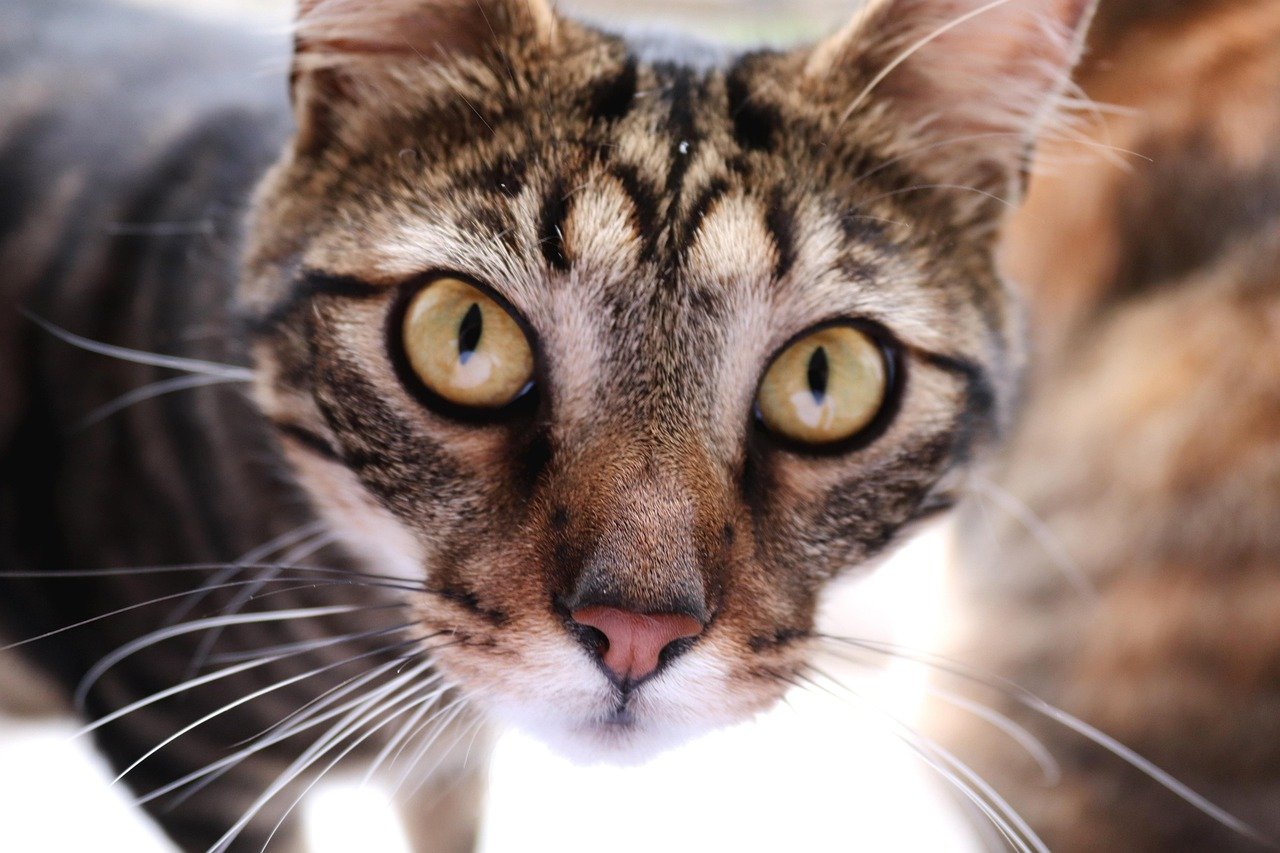
Cats are masters of the intense stare. If your feline friend is locking eyes with you, they’re likely trying to convey a message. This focused gaze can mean they’re curious about what you’re doing or simply seeking a connection. It’s an invitation to engage, whether through a gentle pet or a playful toy. A slow blink from your cat during a stare is akin to a kitty kiss, signaling trust and affection.
6. Meowing in Melody
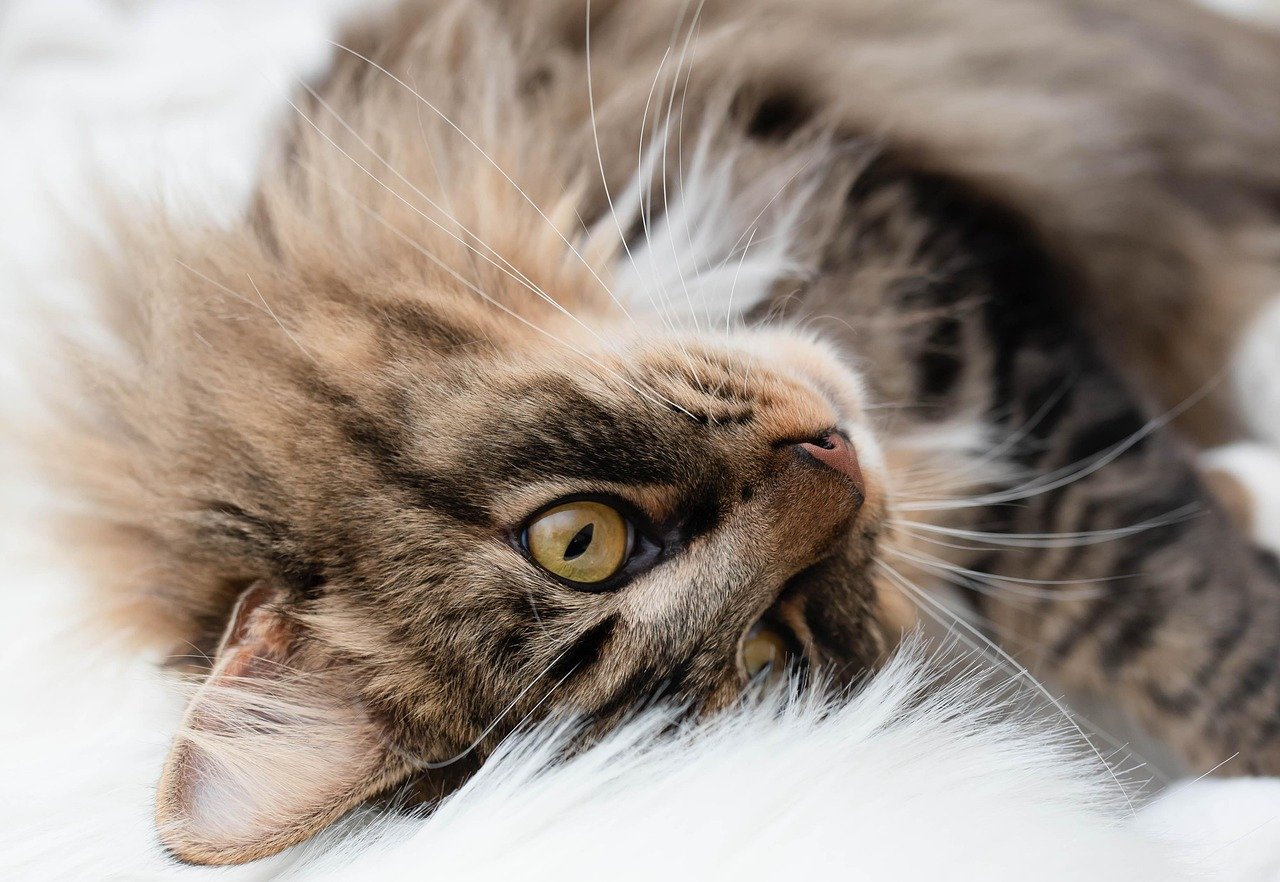
While cats are generally quieter than dogs, they have their own vocal repertoire. If your cat is meowing more than usual, they’re likely trying to communicate something important. Each meow can have a different meaning, from a request for food to a call for companionship. Pay attention to the tone and frequency of their meows to better understand their needs and respond accordingly.
7. Kneading with Love
Kneading is a behavior that cats carry over from kittenhood. When your cat kneads you with their paws, it’s a sign of comfort and affection. This action is often accompanied by purring, creating a soothing and loving atmosphere. By kneading, your cat is expressing their contentment and seeking your attention. It’s a moment to cherish and reciprocate with gentle strokes or cuddles.
8. Presenting the Belly
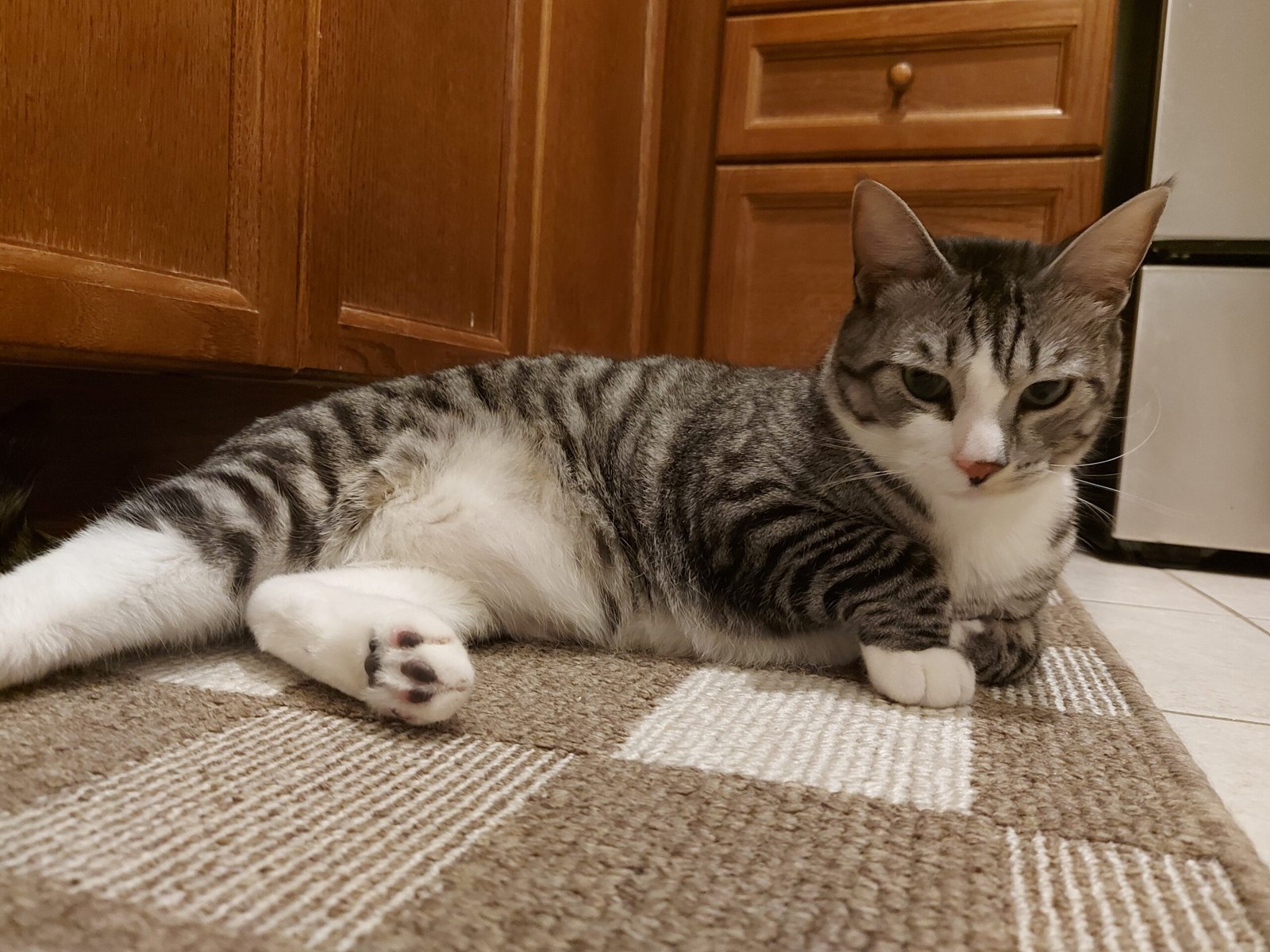
A cat showing their belly is a sign of trust and vulnerability. When your cat rolls over and exposes their tummy, they’re inviting you to interact with them. However, be cautious, as not all cats enjoy belly rubs. This gesture is more about showing trust than asking for physical touch. Respect their boundaries and engage in other forms of affection if they seem hesitant about belly rubs.
9. The Paw Tap
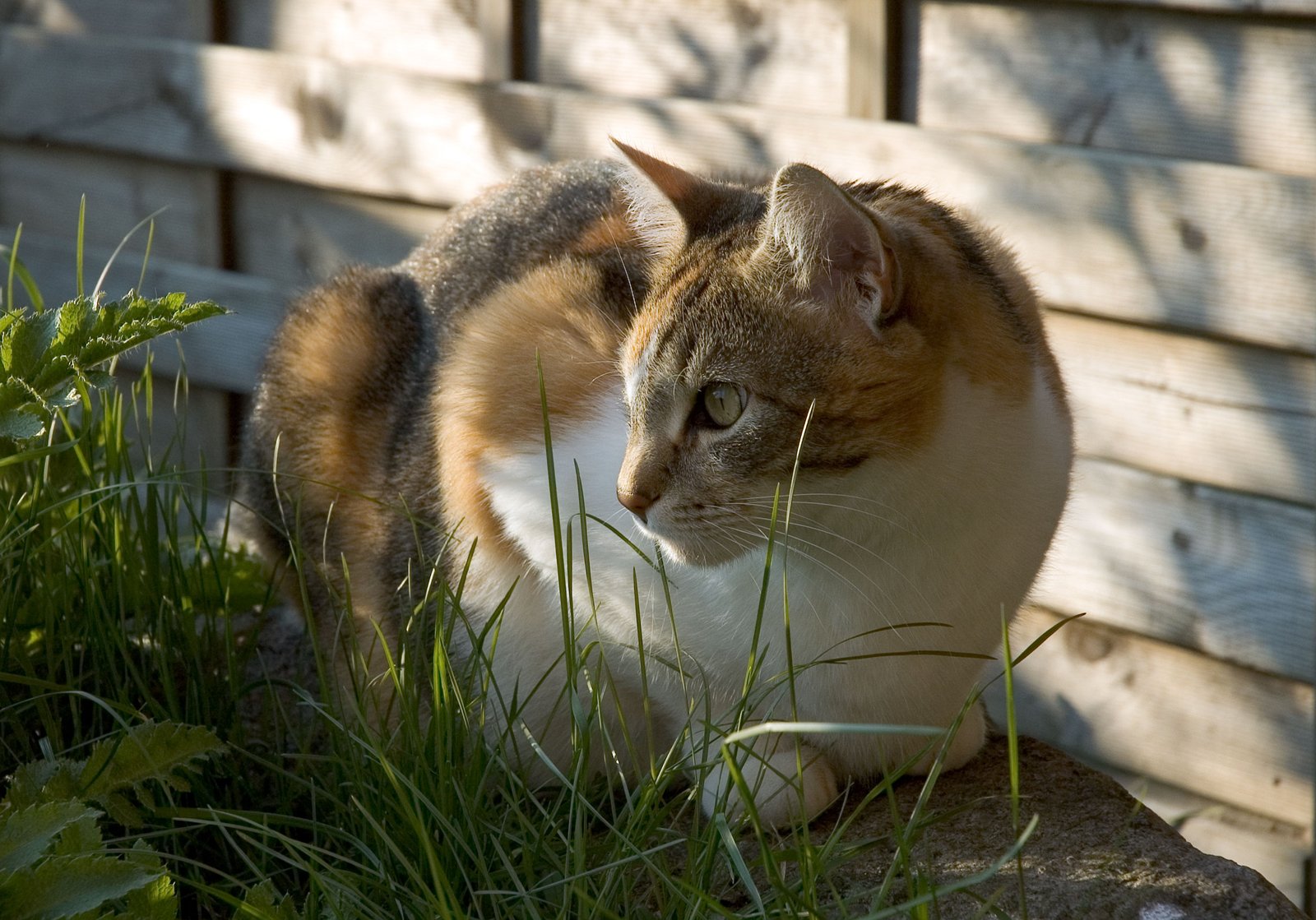
A gentle tap from your cat’s paw is a clear signal that they want your attention. This endearing gesture is often used when you’re engrossed in something else, like reading or using your phone. It’s their way of saying, “Hey, don’t forget about me!” Responding to this tap with a scratch behind the ears or a playful interaction can make your cat feel acknowledged and loved.
10. The Gift of a Toy
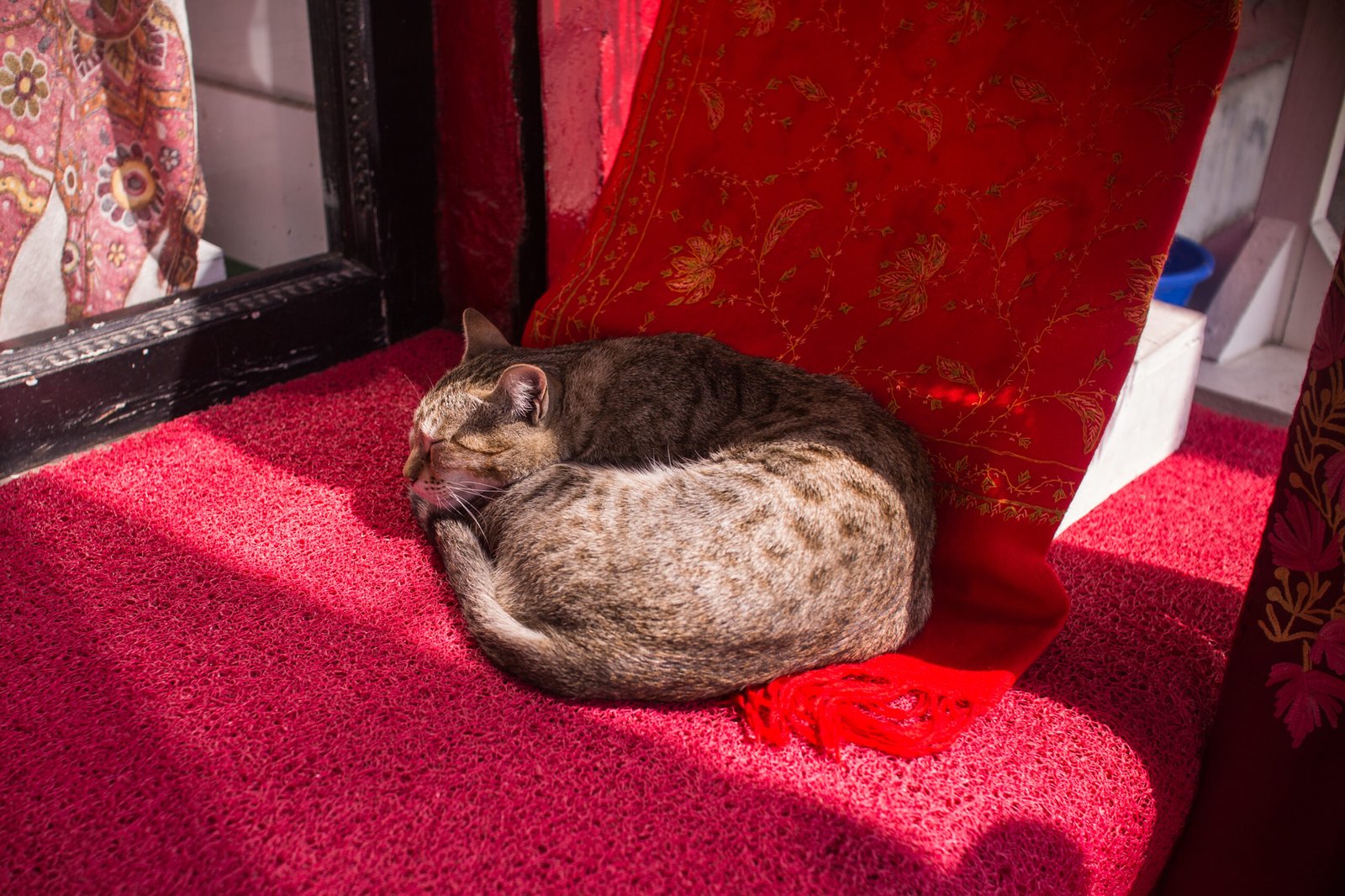
Cats are natural hunters, and they often express this instinct by bringing you “gifts.” Whether it’s a toy or something they found outside, this behavior is a sign that they want to share their world with you. Accepting these gifts with appreciation and engaging in play can strengthen your bond and show your cat that you value their efforts to connect with you.
11. The Follow-Along
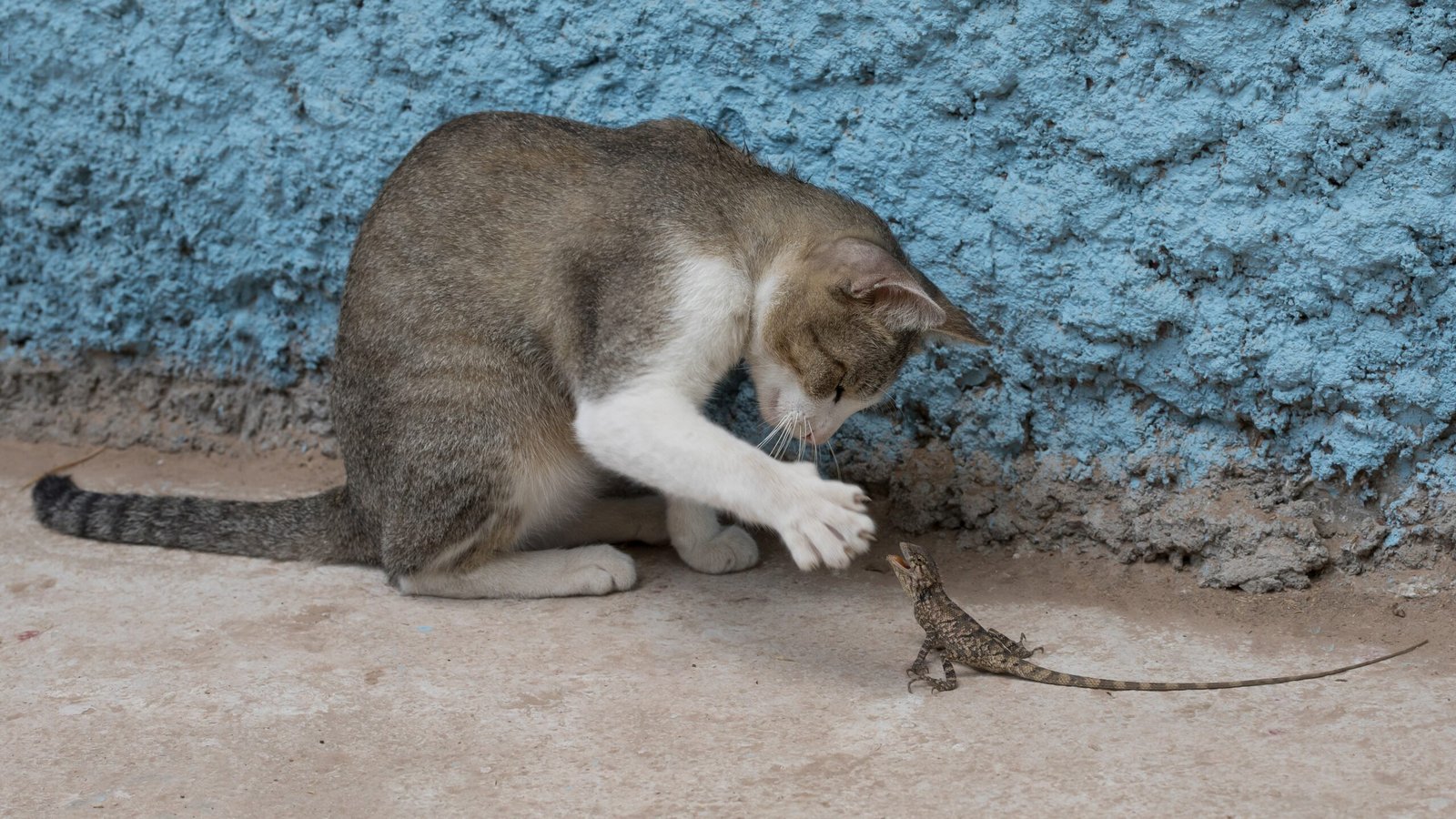
If your cat follows you from room to room, it’s a clear sign that they crave your presence. This behavior indicates that they feel safe and comfortable with you and enjoy your company. By acknowledging their presence and engaging with them, you can create a sense of belonging and deepen your connection. It’s a simple yet meaningful way for your cat to express their affection.
12. The Gentle Nibble
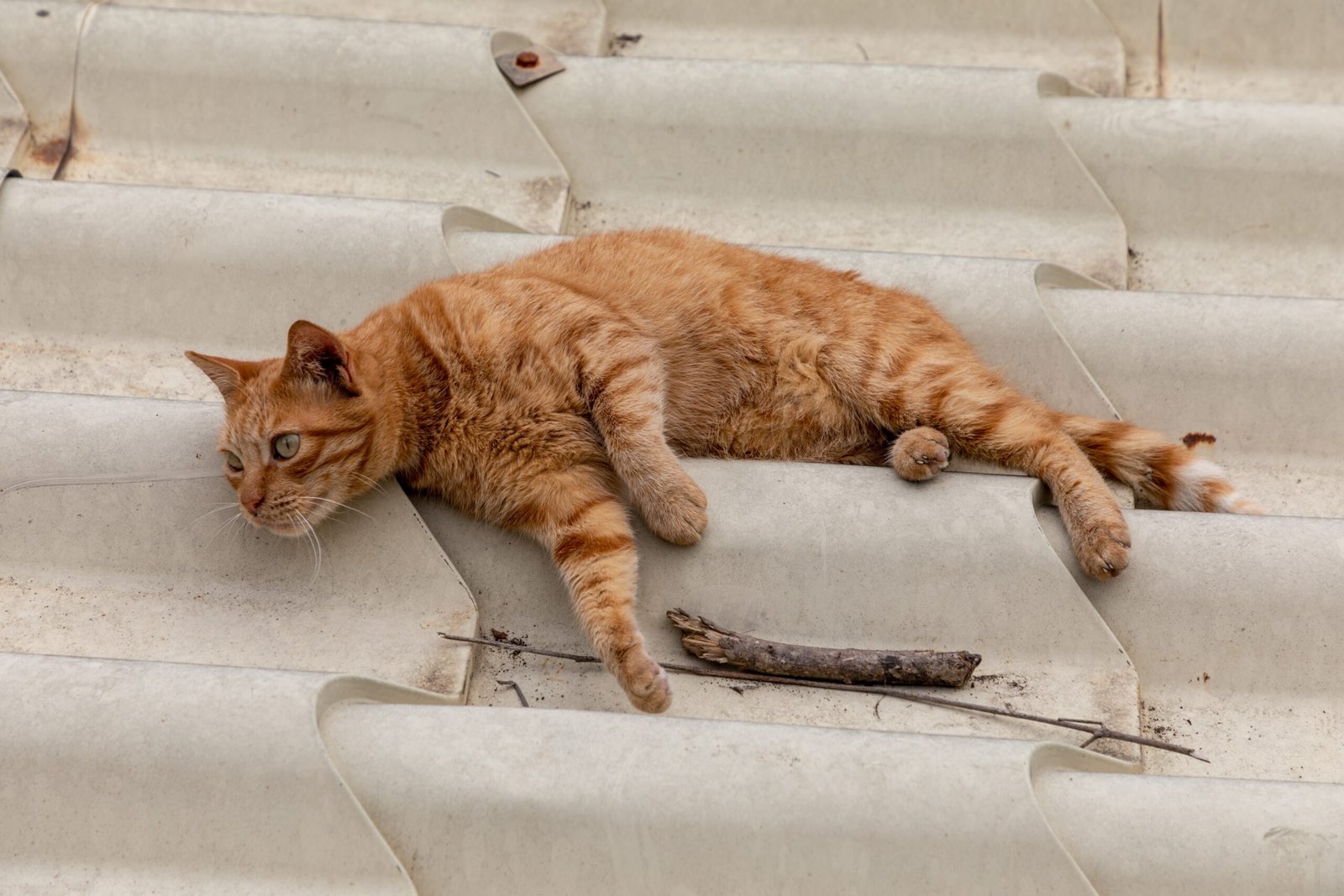
While biting is generally discouraged, a gentle nibble can be a playful gesture. Some cats use this behavior to get your attention or initiate play. It’s important to distinguish between a playful nibble and aggressive biting, as the latter may indicate stress or discomfort. Responding to a gentle nibble with a toy or interactive game can satisfy your cat’s need for engagement.
13. The Lap Invitation
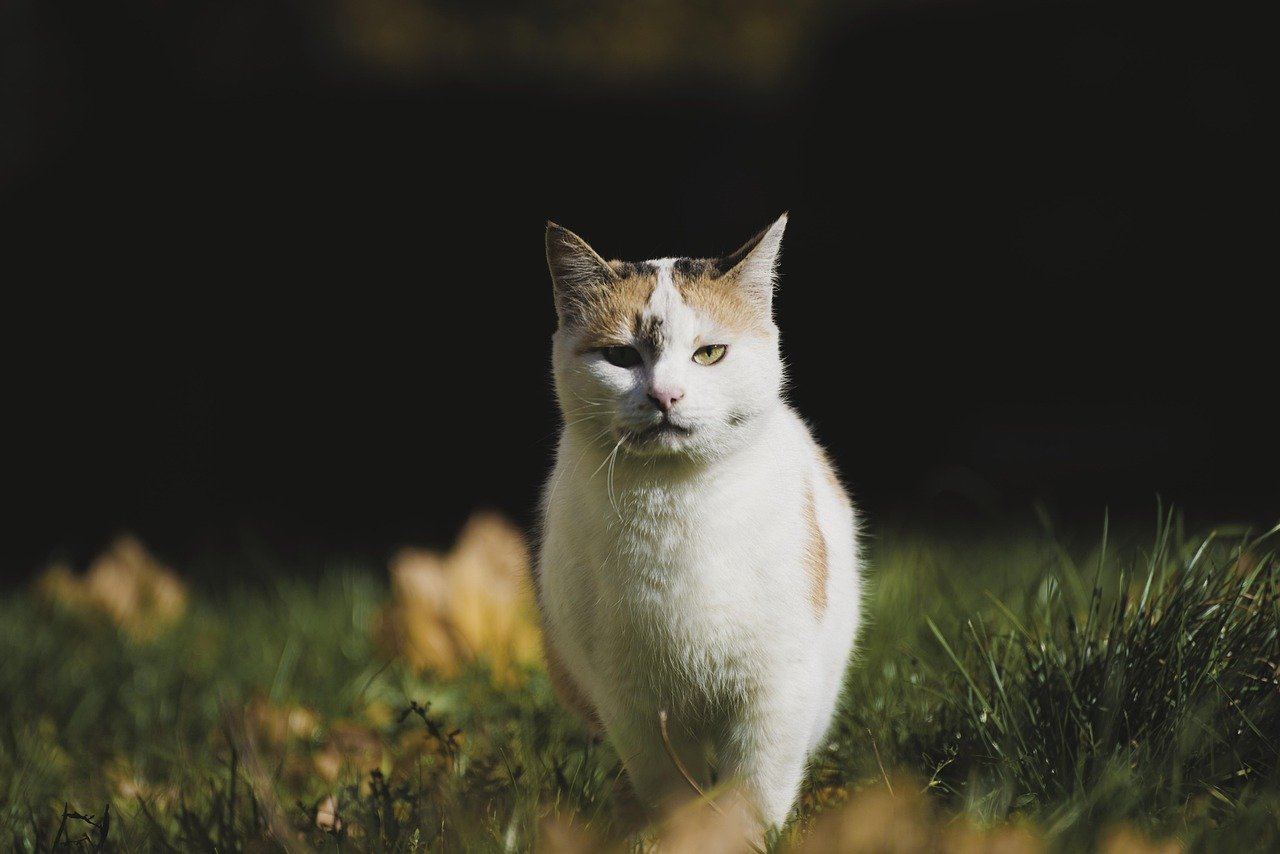
When your cat jumps onto your lap, they’re seeking warmth and comfort. This behavior is a sign of trust and affection, as they’re choosing to be close to you. By allowing them to settle on your lap and offering gentle strokes, you can create a peaceful and loving environment. It’s a moment of connection that both you and your cat can enjoy.
14. The Chirp and Chatter
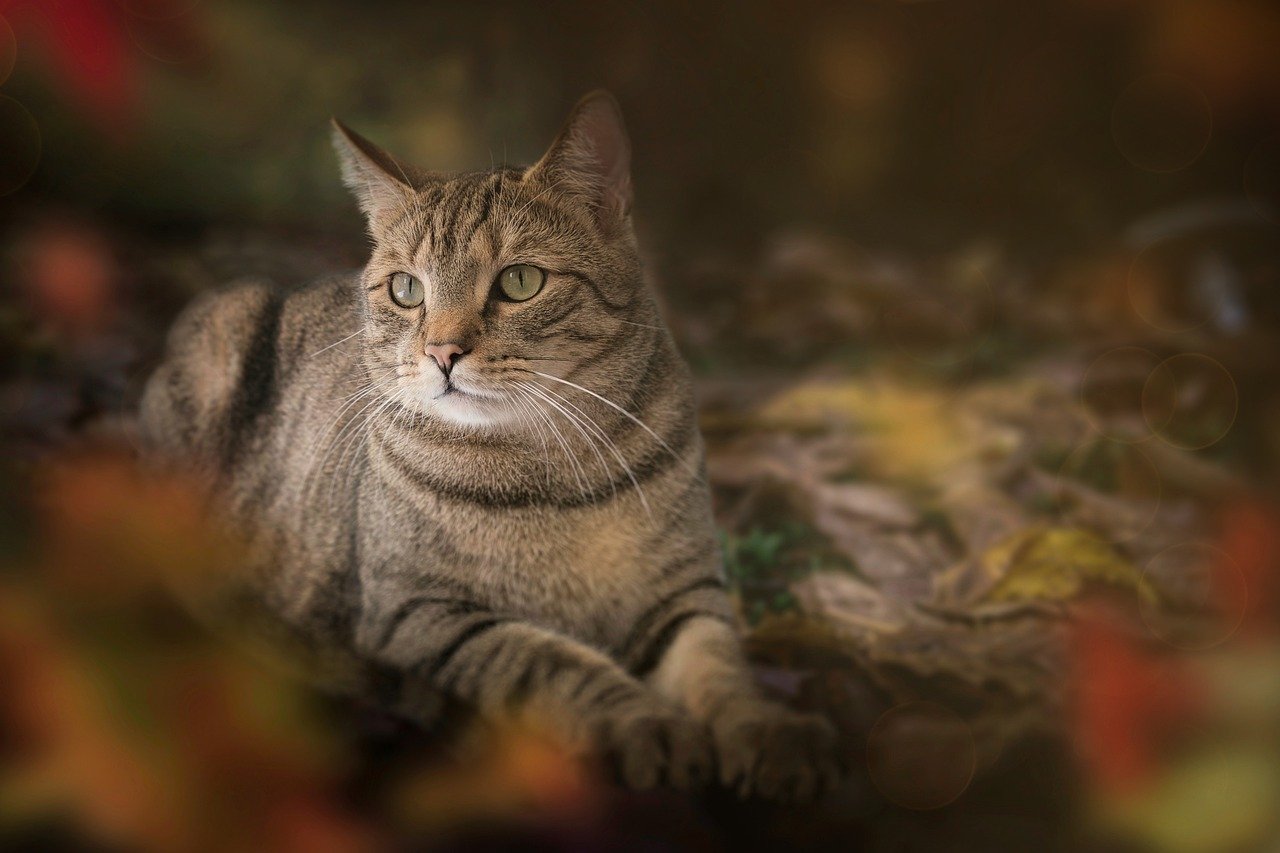
Chirping and chattering are unique vocalizations that cats use to express excitement or interest. If your cat is making these sounds while looking at you, they’re likely trying to engage you in their world. This behavior is often seen when they spot something intriguing, like a bird outside. Responding with curiosity and interaction can strengthen your bond and satisfy their desire for attention.
15. The Slow Blink
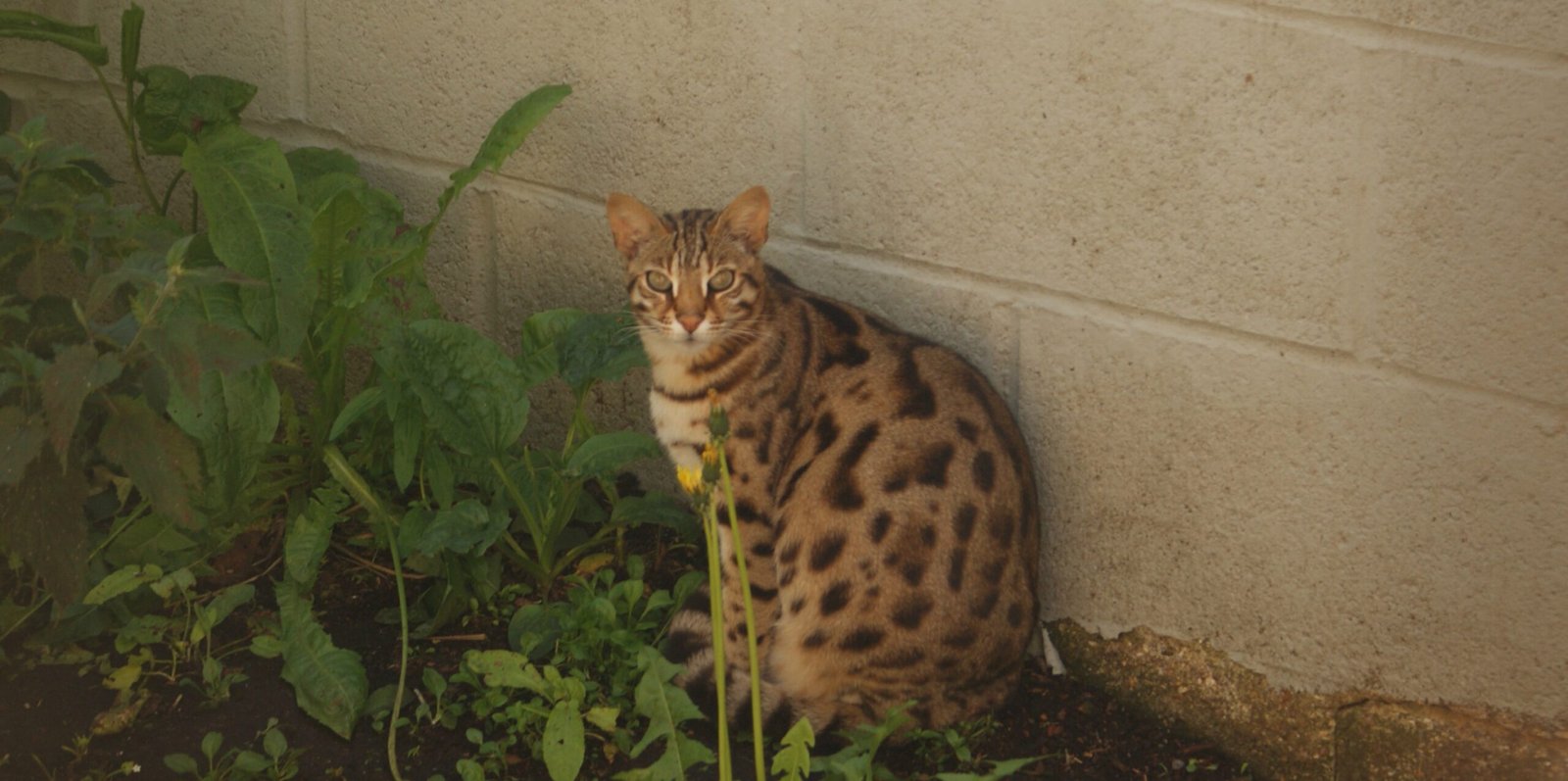
A slow blink from your cat is a sign of trust and affection. This gesture is often referred to as a “cat kiss” and indicates that your cat feels safe and comfortable with you. By returning the slow blink, you can reassure your cat and strengthen your connection. It’s a simple yet profound way to communicate love and trust with your feline friend.
16. The Tail Flick
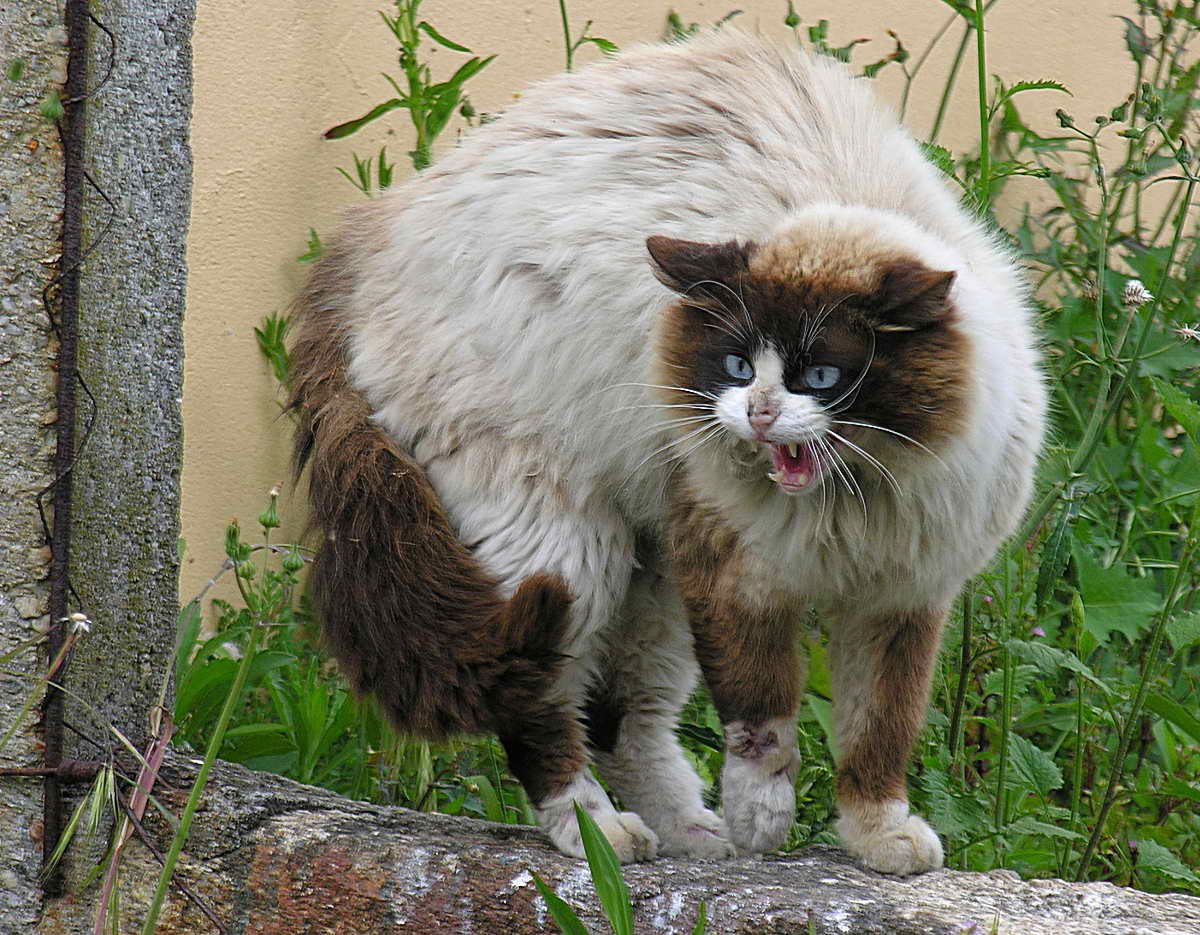
A flicking tail can be a sign of curiosity or agitation. If your cat is flicking their tail while looking at you, they may be trying to get your attention or express their feelings. Understanding the context and responding appropriately can help you address their needs and create a harmonious environment. It’s a subtle yet important way for your cat to communicate with you.
17. The Ear Twitch
Cats use their ears to express a wide range of emotions. An ear twitch can indicate curiosity, interest, or even irritation. If your cat’s ears are twitching while they’re focused on you, they’re likely trying to communicate something important. Paying attention to their body language and responding with care can help you understand their needs and strengthen your bond.
18. The Nose Boop
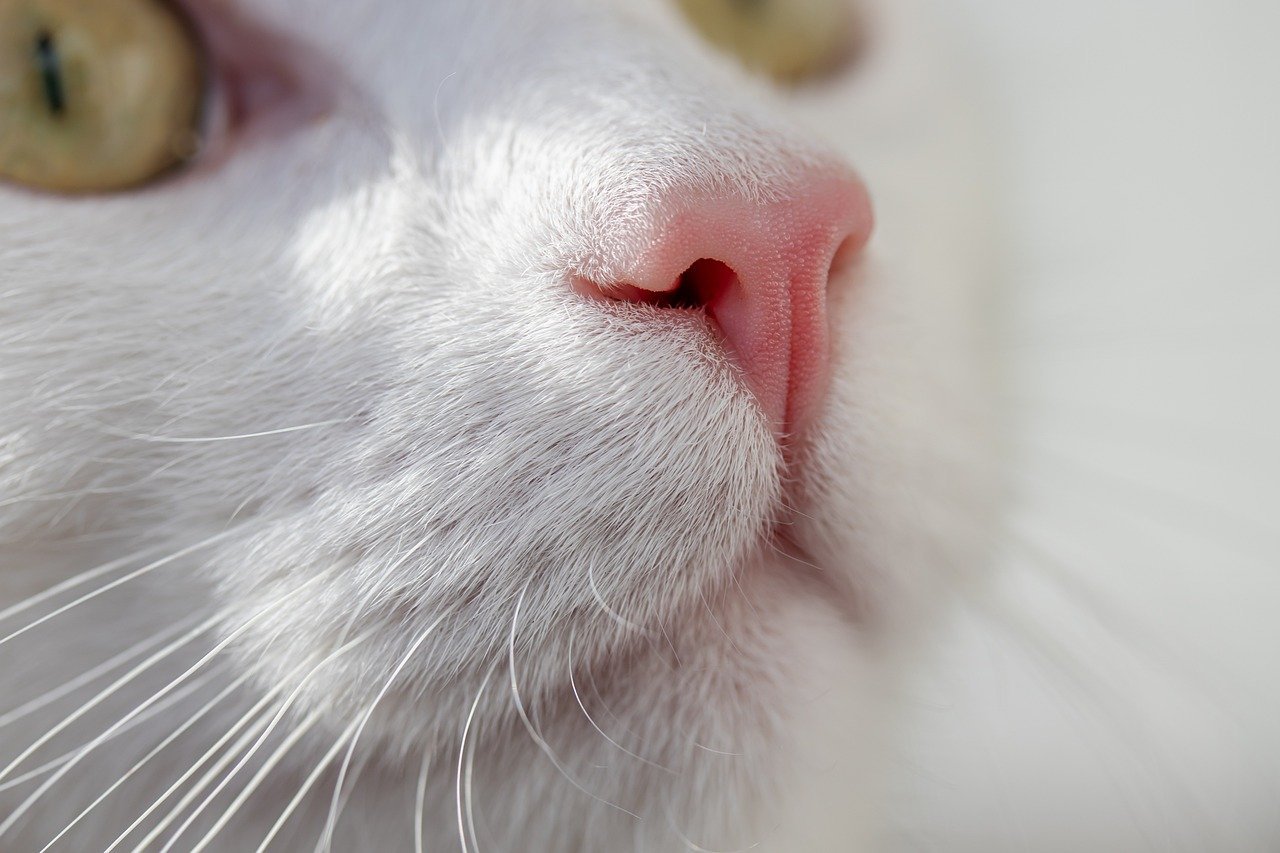
A nose boop is a gentle and affectionate gesture that cats use to show love and trust. When your cat touches their nose to yours, they’re inviting you into their world. This behavior is often accompanied by purring or a gentle headbutt, creating a moment of connection and warmth. By reciprocating with affection, you can deepen your bond and create a loving environment for your cat.
19. The Vocal Greeting
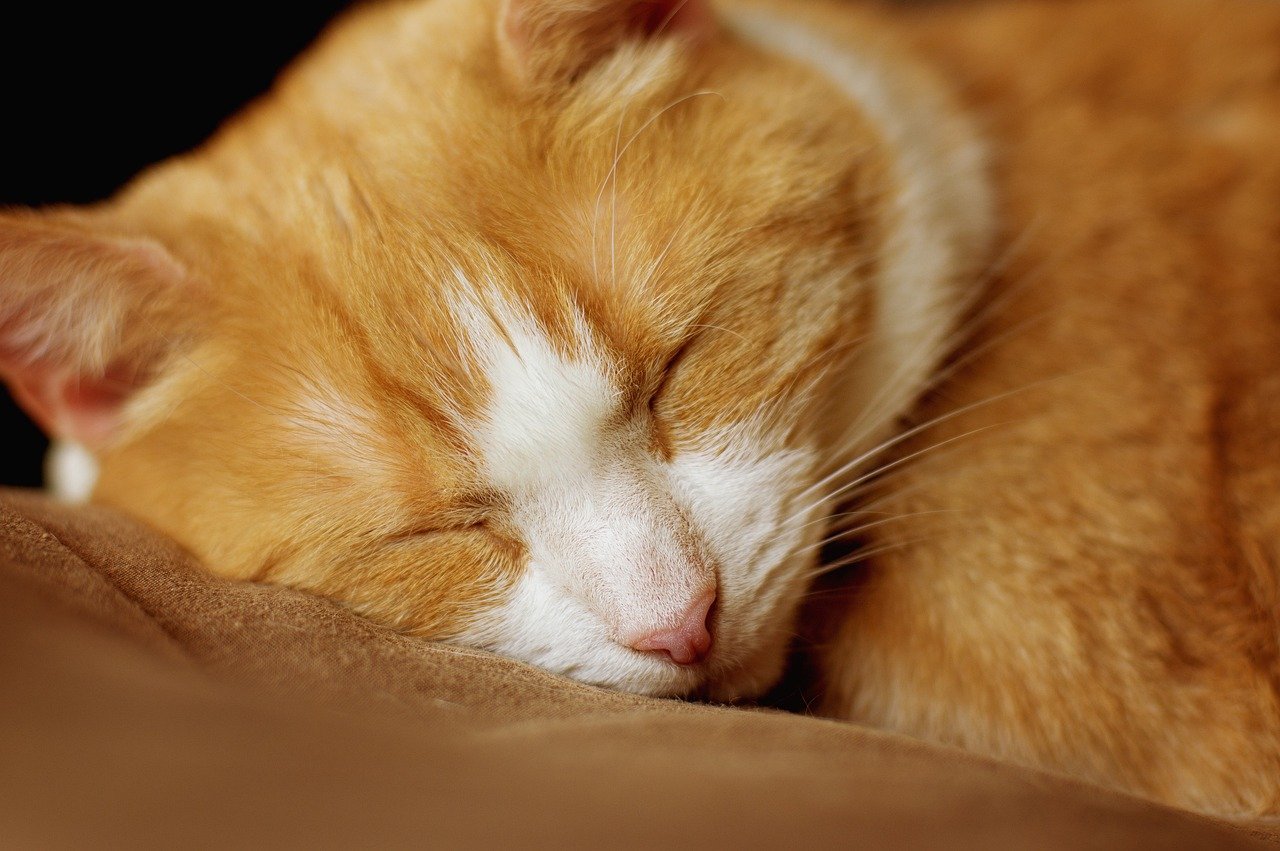
Cats often use vocalizations to greet their human companions. A cheerful meow or trill when you enter a room is their way of saying hello and seeking your attention. Responding with a warm greeting and interaction can make your cat feel acknowledged and valued. It’s a simple yet effective way to strengthen your relationship and show your cat that you care.
20. The Sleeping Companion
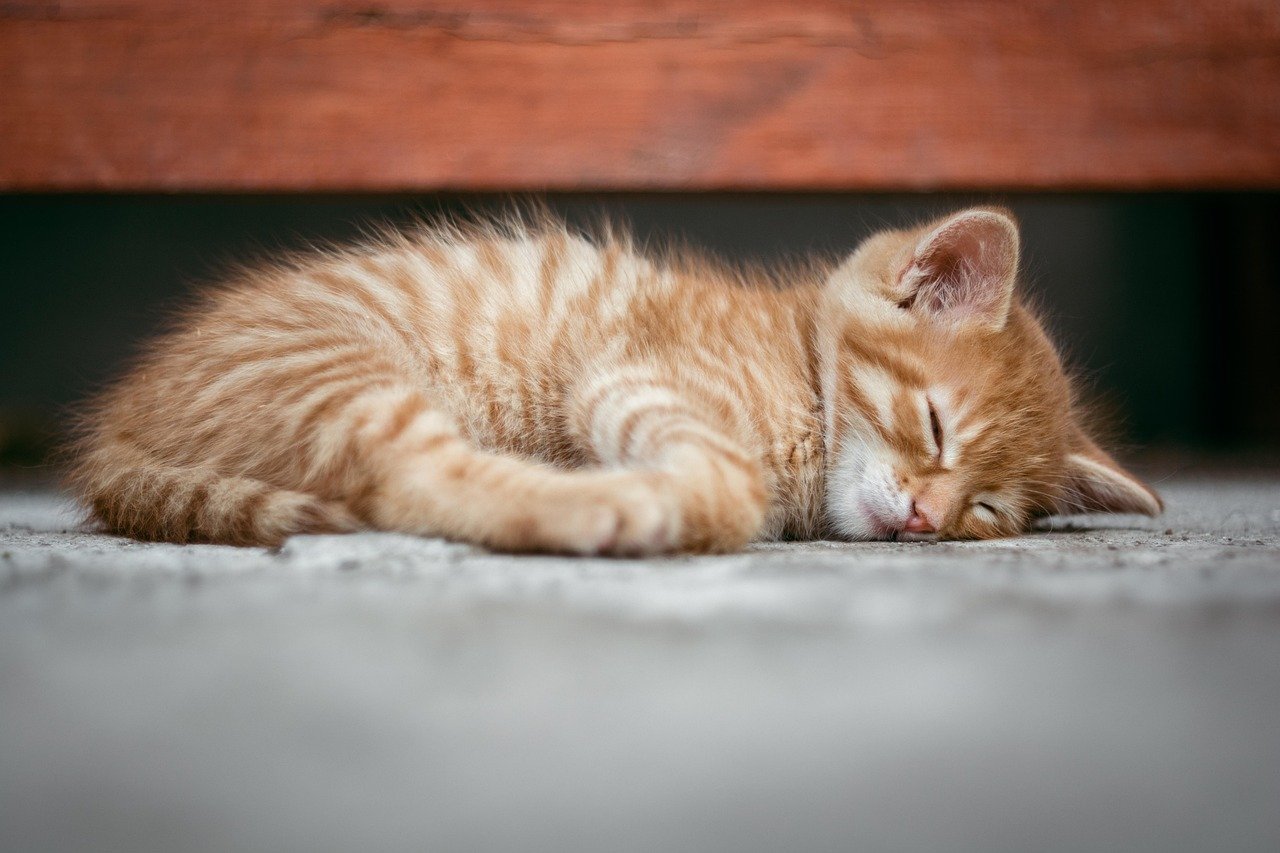
When your cat chooses to sleep near you, they’re expressing trust and affection. This behavior indicates that they feel safe and comfortable in your presence. By allowing them to share your space and offering gentle strokes, you can create a peaceful and loving environment. It’s a moment of connection that both you and your cat can cherish.
In conclusion, understanding these signs can help you better connect with your feline friend and meet their needs for attention and affection. By recognizing and responding to these behaviors, you can create a loving and harmonious relationship with your cat. So, the next time your cat tries to get your attention, take a moment to engage with them and enjoy the special bond you share.
Hi, I’m Bola, a passionate writer and creative strategist with a knack for crafting compelling content that educates, inspires, and connects. Over the years, I’ve honed my skills across various writing fields, including content creation, copywriting, online course development, and video scriptwriting.
When I’m not at my desk, you’ll find me exploring new ideas, reading books, or brainstorming creative ways to solve challenges. I believe that words have the power to transform, and I’m here to help you leverage that power for success.
Thanks for stopping by, Keep coming to this website to checkout new articles form me. You’d always love it!

